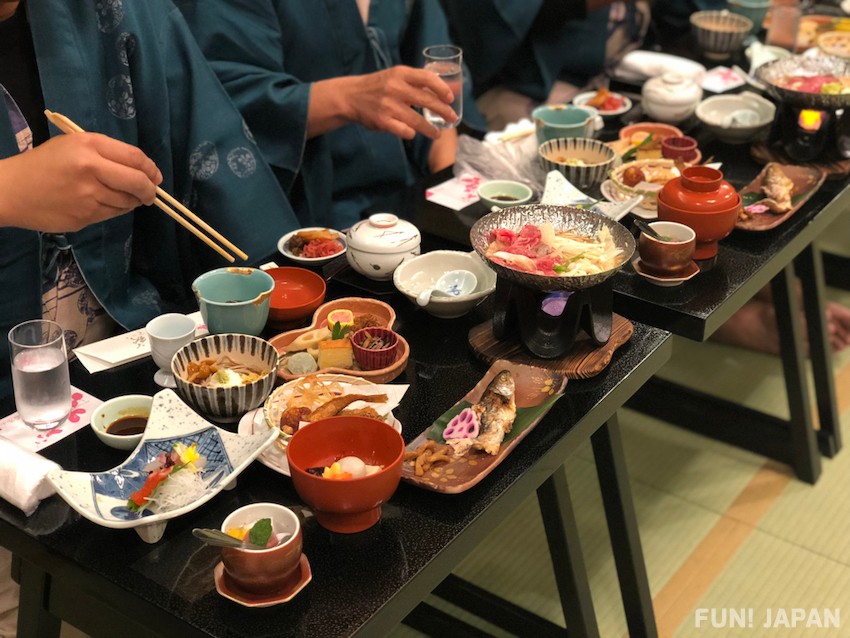
In Japan, table manners are highly valued, with politeness and expressions of gratitude being of utmost importance. Japanese cuisine, known as "Washoku", is registered as a UNESCO Intangible Cultural Heritage, and there are special rules and unique etiquette that follow its long history and tradition.
This time, we will introduce the basic principles of Japanese table manners and important points that foreigners should know when eating in Japan.
Before eating, say "Itadakimasu" and after eating, say "Gochisousama deshita"

As detailed in the article ""Happy Birthday", "Let's eat", "I'm home", and other basic words useful for learning Japanese!", Japanese people say "itadakimasu" before they start eating, whether at home or in a restaurant, and say "gochisousama deshita" with their hands together after finishing their meal.
"Itadakimasu" is said to express gratitude to God and the person who prepared the meal. This expression is very important in Japanese culture and is used as part of expressing gratitude to others and nature during meals.
"Gochisousama deshita" is often used after finishing a meal to express gratitude to the person who provided the meal. It is also used when someone treats you to a meal.
Why do Japanese people use chopsticks instead of spoons or forks?
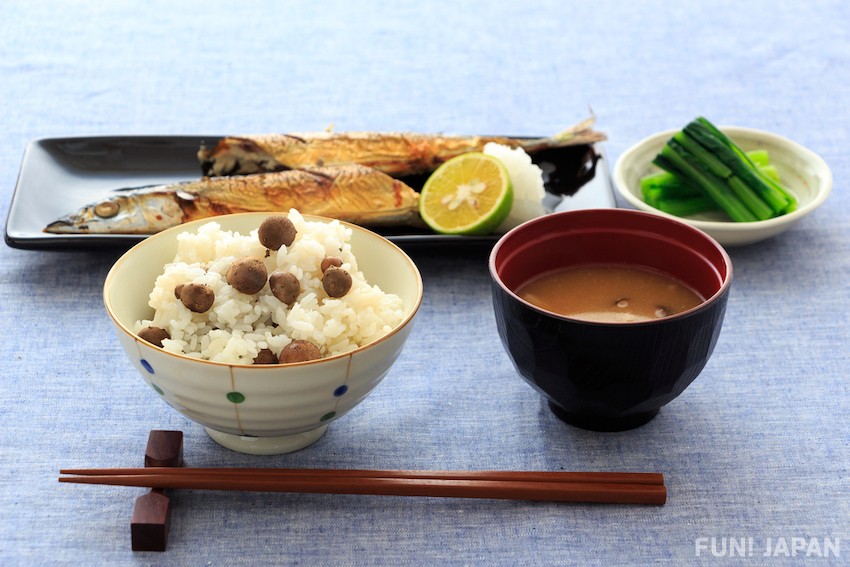
Most Japanese people use chopsticks instead of spoons or forks when they eat. There are various theories and the origin of this practice is not certain, but it is said to date back to the Yayoi period (9th and 8th centuries BC to the 3rd century AD). This was the time when Queen Himiko ruled over Yamatai-koku (Yamato no Kuni), one of the countries believed to have existed in the Japanese archipelago. At that time, chopsticks were not used for eating, but for offering food to the gods. The chopsticks of that time were made by splitting bamboo in half, similar to tweezers or tongs.
The use of chopsticks for eating began around 1400 years ago, during the Asuka period. Ono no Imoko, a government official, brought back Chinese culture to Japan when he went to the Sui Dynasty (the Chinese dynasty at the time) as an envoy. At that time, there was a culture of eating rice with chopsticks in China. Therefore, Prince Shotoku, a member of the imperial family, introduced the culture of eating with chopsticks at the imperial court. From there, it is said that the use of chopsticks spread in Japan. At that time, bamboo chopsticks were the mainstream, not wooden ones.
In other theories, Japan's oldest books, "Kojiki" and "Nihon Shoki", state that chopsticks have existed in Japan since ancient times. There is a myth written that one of the gods, Susanoo-no-Mikoto, saw chopsticks floating in the river as he gazed at it. By the Heian period, the chopstick-eating lifestyle had become common among all Japanese people.
Proper Use of Chopsticks
Almost all restaurants in Japan serve chopsticks. There are also manners for using chopsticks in Japan.
It is said that the basic rule is to use the tip of the chopsticks about 1.5 to 3 cm, and to eat without getting them too dirty. Currently, it is said that it is acceptable to use up to about 4 cm from the tip of the chopsticks.
When picking up chopsticks, first pick them up with your right hand, then receive them with your left hand to adjust the positions of chopsticks on the right hand. The flow of changing to the correct grip with your right hand, called "three hands", is considered beautiful.
Detailed information on chopstick manners can be found in "Chopsticks in Japan: DOs and DON'Ts".
Please remember to enjoy your meal at the restaurant during your visit to Japan, but don't forget about manners as well.
Also, when you use chopsticks for eating, preparing a chopstick rest can make it look beautiful. It might be a good idea to make a "Chopsticks & Chopstick Rest Set" a souvenir from Japan.
Correct way to use "Oshibori"
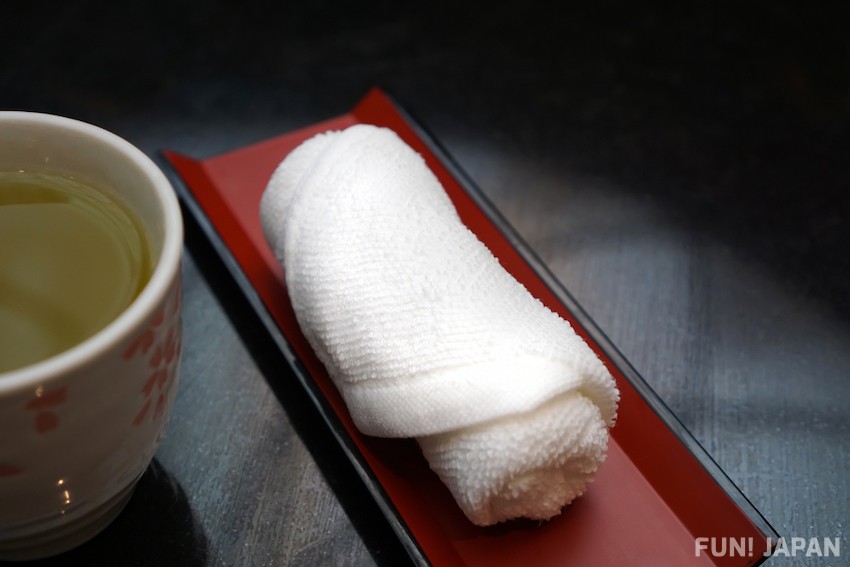
In Japanese restaurants, when you enter, you are served water (or tea) and a "oshibori". Do you know why you are given an "oshibori"?
During the Edo period (1603-1867), cotton hand towels became popular, and at the entrance of inns called "Hatago", buckets of water and hand towels were prepared for travelers. Guests used them to wipe their dirty hands and feet.
Japan is a country with a hot and humid climate, surrounded by the sea, where people tend to sweat easily. This, combined with the Japanese people's love for cleanliness, is believed to have led to the birth of the oshibori. The name "oshibori" is said to originate from the act of "shiboru", which means to wring out a wet hand towel and wipe dirty hands and feet during the Edo period.
Oshibori has become an indispensable part of modern Japanese life. And, there is a correct way and manners to use an oshibori when you are served one at a restaurant or izakaya.
When an oshibori is placed on the table upon arrival
- Spread out the oshibori
- Wipe both hands carefully
- Fold it carefully and return it to its original position
When the oshibori is handed to you
- Say "Thank you" and extend your right hand
- From that position, wipe both hands carefully
- Fold it carefully and place it on the table
When you receive a disposable oshibori
- Receive the oshibori and check the hygiene mark on the film
※The hygiene mark is a sign that shows the safety of the oshibori - Tear the tip of the film and pull out the oshibori from there. Fold the remaining film carefully and place it, or ask the staff to dispose of it
- Spread the oshibori with both hands and wipe your hands carefully
- Fold it carefully and place it on the table
If you spill something, call the staff and ask for a cloth to wipe it up. In many cases, it's better not to wipe with an oshibori.
In Japan, the basic manner is to "eat all the food"
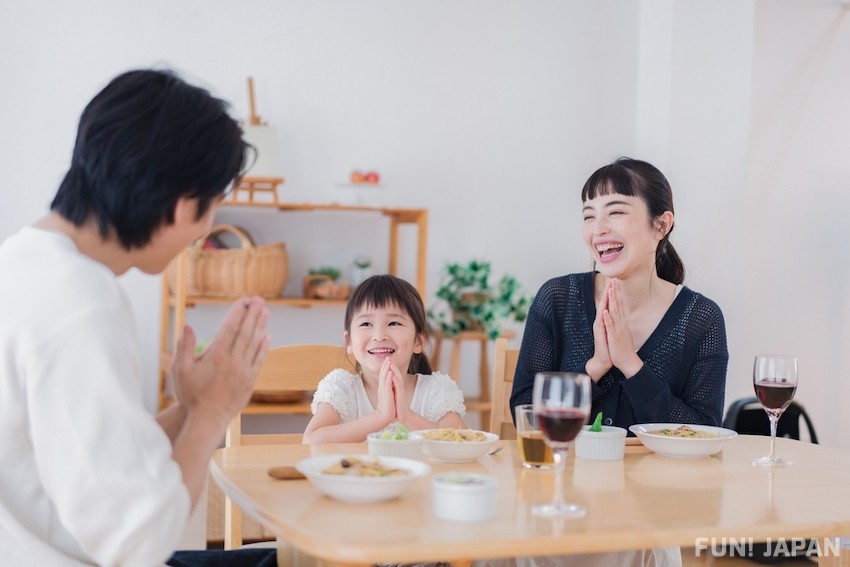
At a Japanese dining table, it is considered good manners to finish all the rice and side dishes that are served. By eating everything, you show your appreciation to the person who cooked the meal and the ingredients used.
If you have food allergies or certain foods you cannot eat, you can finish your meal without leaving anything behind by checking the ingredients used at the restaurant before ordering.
Finishing your meal without leaving anything behind also serves as a way of thanking the person who prepared the meal, expressing that it was delicious. However, if the portion is larger than expected and you become full, or if you simply cannot finish it, it is acceptable to leave some behind.
Cultural Differences: Making Noise When Eating Noodles
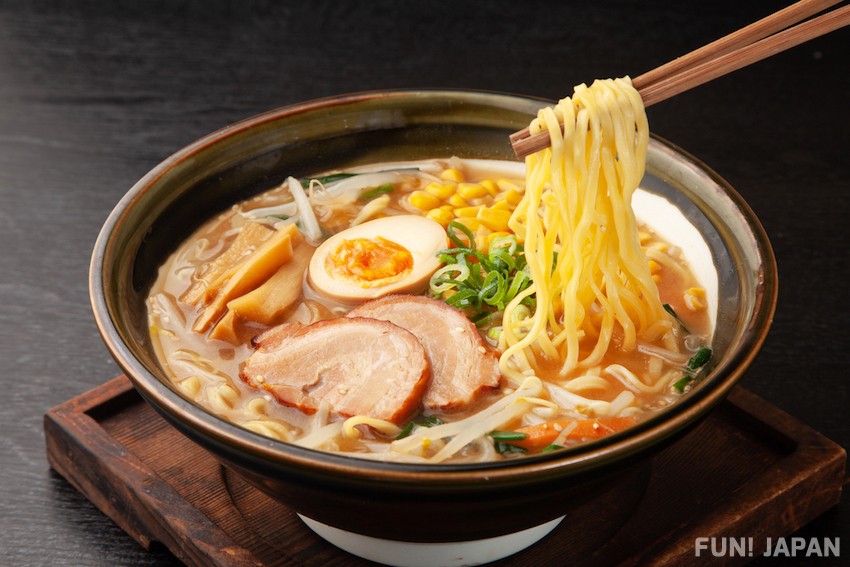
Have you ever seen Japanese people making a "slurping" sound when eating ramen or udon in Japan? In other countries, this behavior is considered a breach of manners, but not in Japan. It is related to "culture" and "tradition". It is a form of "courtesy to the person who made the meal". However, it is only acceptable to make noise when eating noodles or soup in Japan.
How was the article? When you go out to eat with Japanese people or visit restaurants and izakayas during your trip to Japan, we hope this information will be useful.


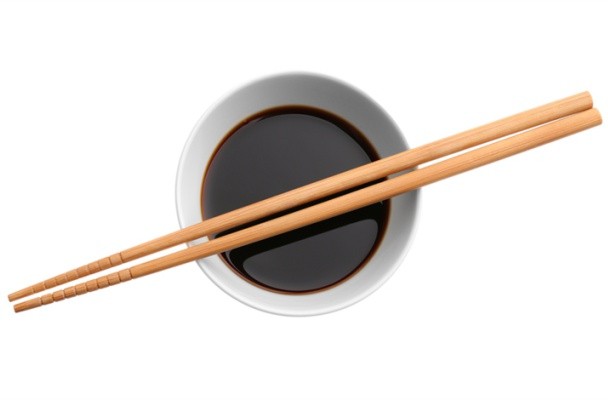
Comments